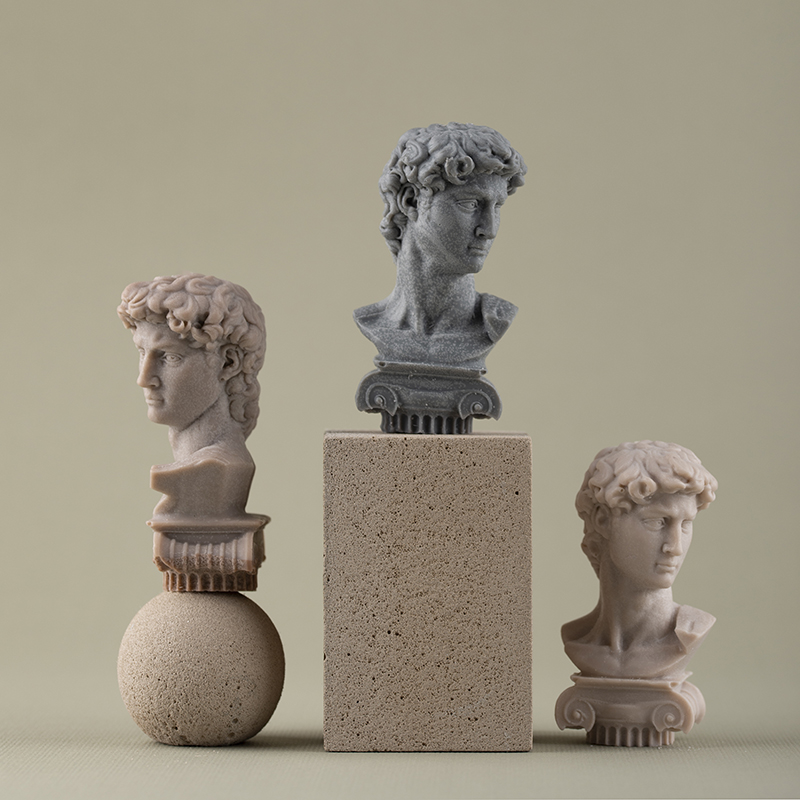Marble is one of the rare natural resources that can be considered a magnificent work of nature, resembling a piece of art. Throughout human history, the use of this special stone has left deep traces not only in architectural and construction fields but also in the context of culture, art, and symbolism. Marble is intertwined with the past of humanity by establishing intercultural bridges, creating an aesthetic language, and enriching cultural heritage.
Starting from the Ancient Greek period, marble has been widely used in architectural structures and sculptures. The Greeks considered this stone sacred and as a symbol of enduring resilience. Masterfully employing marble to build temples, columns, and monuments, they produced works that were both durable and aesthetically impressive. In Ancient Rome, influenced by Greek culture, marble was embraced, leading to the construction of magnificent structures like the Colosseum and the Pantheon.
Marble has been associated with grandeur and luxury throughout history. During the Middle Ages, it was commonly used in the construction of churches and palaces in Europe. In this era, marble was seen as a symbol of wealth and power, and the marble details in church architecture became expressions of respect for the people, authority, and divine connections.


In the Renaissance period, artists perceived marble as a source of meaning and emotional depth. Unforgettable works like Michelangelo’s statue of David represented the pinnacle of skill and artistry in marble craftsmanship. Marble enhanced the expressive power of art, enriched aesthetic understanding, and became a groundbreaking material in art history.
Today, the cultural significance of marble is not limited to architecture and art alone. This stone is still widely used in modern design projects, interior decoration, and sculptures. With its aesthetic diversity, durability, and timeless beauty, marble has been a continuous link between changing cultures throughout the ages.
In conclusion, the history and cultural importance of marble provide a profound insight into the past of humanity. This unique stone has manifested itself not only as a building material but also as a form of cultural expression. From architectural masterpieces to works of art, marble has played and continues to play a significant role in the aesthetic and cultural evolution of humanity.
